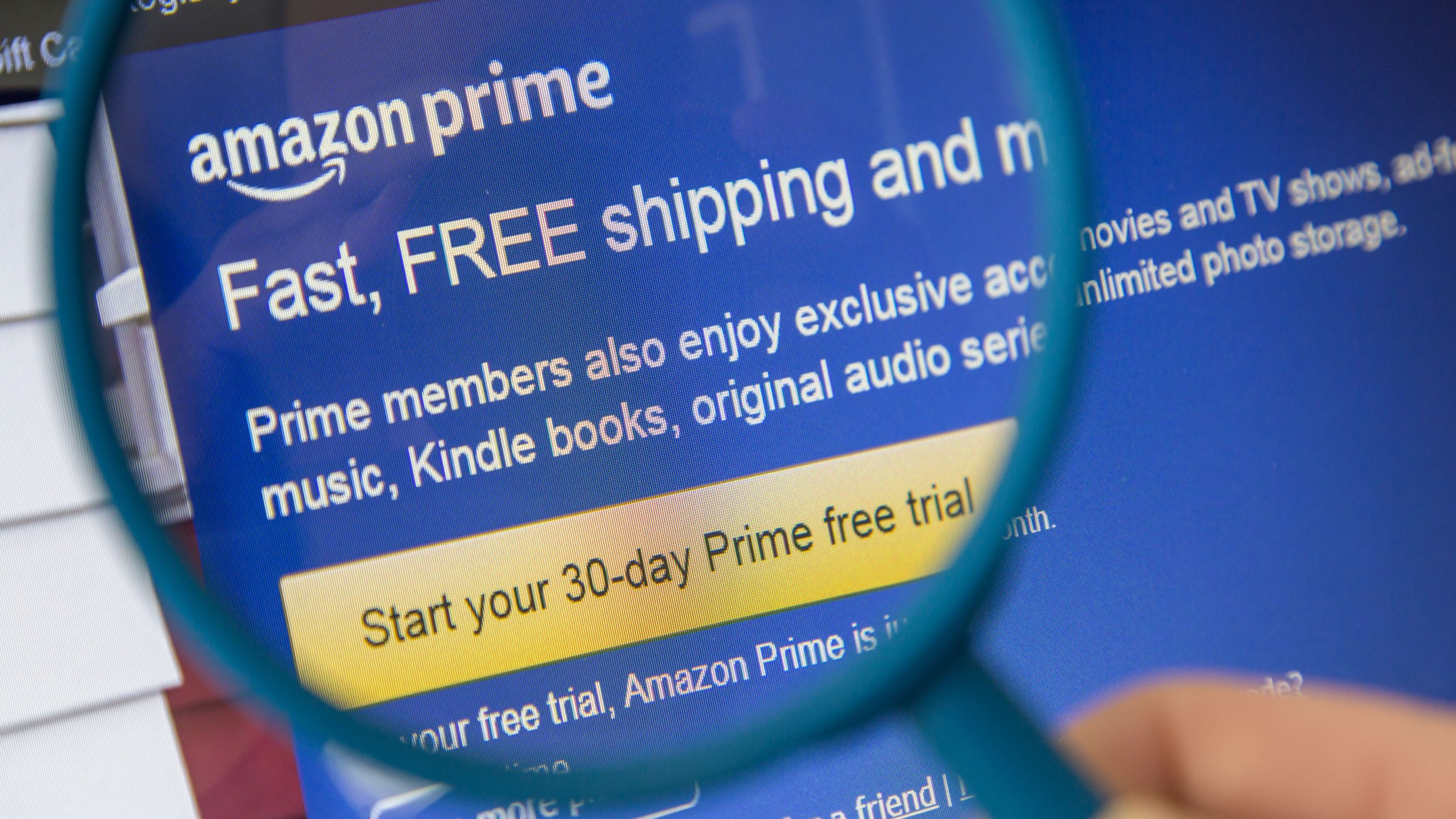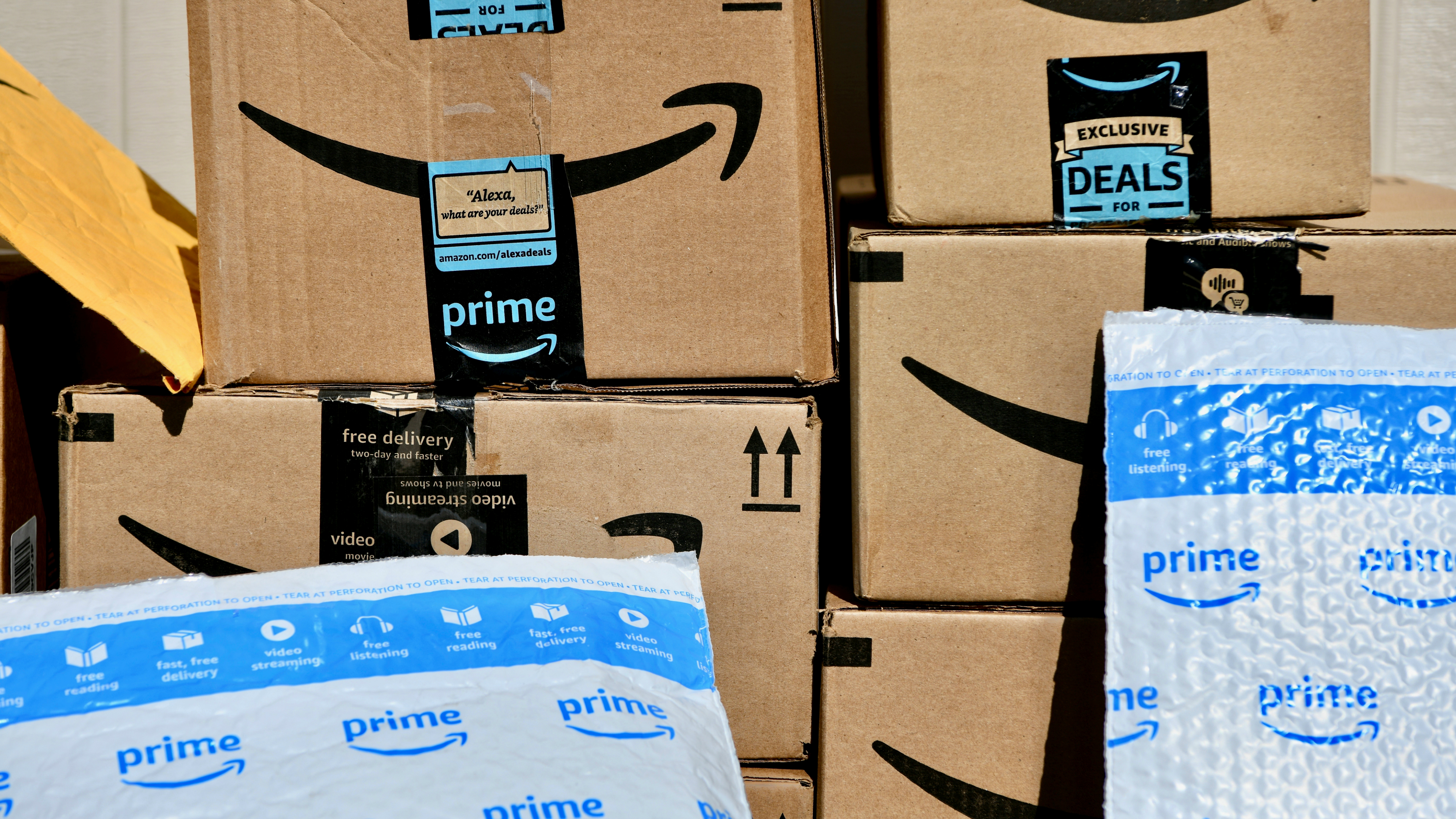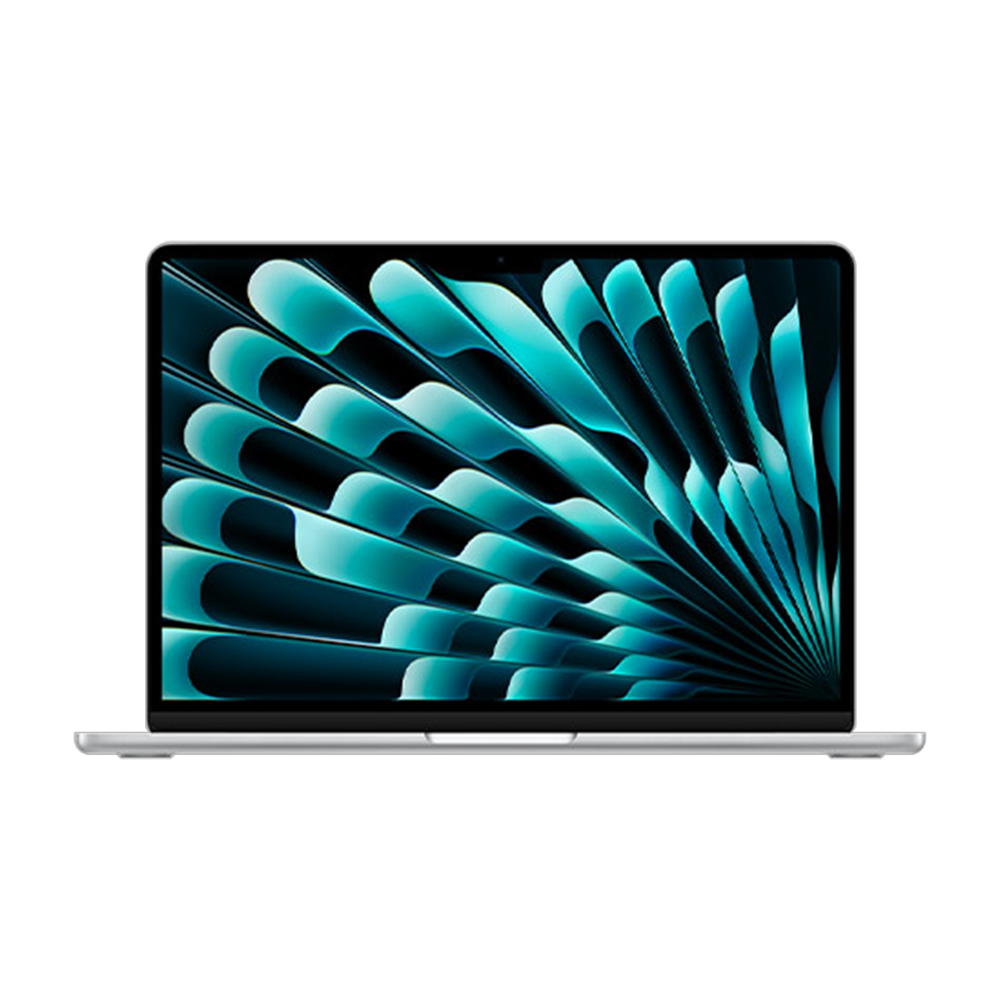Amazon starts Prime payouts from $2.5 billion settlement – here's how the refunds work and when you might get one
Automatic refunds have now begun, with manual claims to follow

- Amazon is now paying out refunds as part of its $2.5 billion settlement
- $1.5 billion of that is going to eligible Prime subscribers in the US
- It's the automatic refunds which are happening now, with manual claims set to be actioned in 2026
Amazon has started the process of paying out refunds to Prime subscribers who are eligible to claim a share of the $2.5 billion settlement the retail giant previously agreed with the Federal Trade Commission.
As we reported last month, $1.5 billion of that settlement is money that's to be paid back to affected customers in the US (and the remaining $1 billion is a civil penalty, the biggest one ever exacted by the FTC, in fact).
NBC News highlighted that Amazon began making automatic payments to eligible Prime customers earlier in November, and that these payouts will continue through to December 24, as confirmed by the FTC.
Amazon agreed to make these payments as a settlement pertaining to allegations that the firm made it unnecessarily difficult to cancel a Prime membership, and that it used 'dark patterns' (deceptive tactics) to enrol customers in a subscription without their fully informed consent.
It's important to note that Amazon did not accept that it had done anything wrong here, but made the decision to settle, rather than to endure a prolonged legal battle over the matter. In a statement back at the time, Amazon said: "Amazon and our executives have always followed the law and this settlement allows us to move forward and focus on innovating for customers."
At any rate, the matter is done and dusted, and payouts are on the way. But how do you know if you are in line for a payout, and how – and when – will you get that refund? And how much will it be? We've answered all those key questions.
Who is eligible?

To be eligible for a refund now, you must be a customer in the United States who signed up for Amazon Prime between June 23, 2019 and June 23, 2025. You must have obtained your subscription via what the FTC calls a "challenged enrollment flow" which means the following: "The universal Prime decision page, shipping selection page, single page checkout, or the Prime Video enrollment flow."
Sign up for breaking news, reviews, opinion, top tech deals, and more.
To check when you started subscribing to Prime, you can head to the Amazon app or website and choose Account > Memberships & Subscriptions, then select 'Payment history' to see when you signed up for your Prime plan.
Do note, though, that in any 12-month period after you signed up, you must have used no more than three 'Amazon Prime Benefits' to qualify for the refund. That means the various services and extras tied up in a Prime membership – and it includes Prime Music or Prime Video offerings that Prime members get for free (or the likes of Luna game streaming, for example). So, if you used four (or more) of those services within the same period of a year, you are ruled out of the refund.
On top of this, if you tried to cancel Amazon Prime within that same time period, but didn't end up going through with ditching the service, you are due a refund, too. In this case, you must have started the cancellation process but not fully completed it (either because you abandoned the attempt or were persuaded to drop the cancellation). These customers will need to manually apply for a claim, though (and we'll come back to that in a moment).
How do you get a refund?
At this point, Amazon is applying automatic refunds to customers it determines are due for a payout who signed up via a "challenged enrollment flow". If you fall into this category, you will get an email from Amazon at some point from now up until December 24, 2025. This email will allow you to action your refund and receive the money either by PayPal or Venmo.
Note that you need to accept the refund from Amazon's email within 15 days if you want a digital payment, so keep a close eye on your inbox in the next month (and your spam folder, as ever, just in case Amazon's email is classified as junk and diverted there).
If you don't claim the refund via this email, Amazon will send you a check instead, in the post to the default shipping address which is tied to your Prime membership. So, if you'd prefer a check, ignore the email and just wait. When received, the check should be cashed within 60 days.
How much will the refund be?
Those who get a payout will be refunded their Amazon Prime subscription fees, up to the maximum amount which is capped at $51.
What happens next?

Wait until you get the email from Amazon, as noted, to claim the digital refund payment, or until you receive a check in the post.
If you don't get either of those automatic refunds, but you believe that you qualify for a payout based on the criteria outlined above, then you will need to use the manual claims process that Amazon will get up and running in 2026. As mentioned, those who abandoned a cancellation of their Prime subscription will also need to manually apply for the refund.
We don't yet know quite how this process will work (but it'll involve some kind of form), or exactly when it'll happen, but the FTC says it will update the page on the Amazon Refund Program to let people know when this manual claims process begins. So, keep an eye on that.
As the FTC notes, be wary of scams that could be related to Amazon Prime refunds. The organization reminds us: "The FTC will never ask you to pay to get a refund. Don't pay anyone who promises you a refund in exchange for a fee. And don’t give personal information to anyone who contacts you promising a refund."

➡️ Read our full guide to the best laptops
1. Best overall:
Apple MacBook Air 13-inch M4
2. Best budget:
Asus Chromebook CM14
3. Best Windows 11 laptop
Microsoft Surface Laptop 13-inch
4. Best gaming:
Razer Blade 16
5. Best for pros
MacBook Pro 16-inch (M4 Pro)
Follow TechRadar on Google News and add us as a preferred source to get our expert news, reviews, and opinion in your feeds. Make sure to click the Follow button!
And of course you can also follow TechRadar on TikTok for news, reviews, unboxings in video form, and get regular updates from us on WhatsApp too.
Darren is a freelancer writing news and features for TechRadar (and occasionally T3) across a broad range of computing topics including CPUs, GPUs, various other hardware, VPNs, antivirus and more. He has written about tech for the best part of three decades, and writes books in his spare time (his debut novel - 'I Know What You Did Last Supper' - was published by Hachette UK in 2013).
You must confirm your public display name before commenting
Please logout and then login again, you will then be prompted to enter your display name.